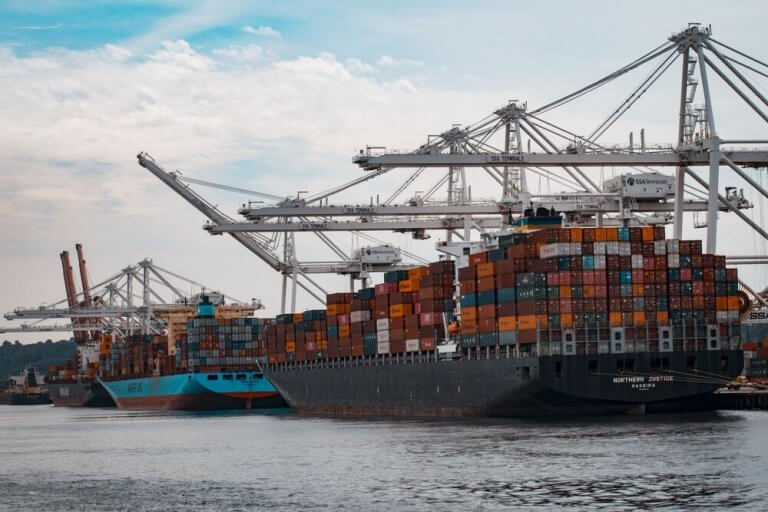You’ve worked hard building your business, you’ve developed your product and poured blood sweat and tears into making it the best you possibly can – now it’s time to export to new markets. Exporting can be daunting at first. There are many elements to take into consideration when planning your export.
The UK Government have provided a step-by-step guide on how to export your goods
How to find international buyers
Time to start building international relationships. The first place to consider when looking for an international buyer is the Department for International Trade (DIT). DIT offer a free “find a buyer” service which connects UK sellers with sellers overseas. The service is free and can help connect you with buyers in (almost) any market in the world. It’s also worth reaching out to DIT Scotland for one to one support on this.
Other options for finding a buyer include attending exhibitions, using a service like Connect International and talking to organisations like Scottish Development International
Incoterms 2020
To move your goods from point A to point B, you and your buyer should determine the point at which risk and responsibility transfers from one party to the other. We do this using something called Incoterms 2020.
Incoterms are International Commercial Terms developed by the International Chamber of Commerce and are reviewed periodically (usually every 10 years). The current iteration of these terms is ‘2020’. When negotiating the contract for the sale of goods, it is highly recommended to agree Incoterms. This ensures that both parties understand their role in the movement of those goods and mitigates the risk of avoidable costs when the goods are transported to your buyer.
An example, and common Incoterm is EXW (Ex-works). This Incoterm states that you (as the seller) must make the goods available to your buyer at the stated point (normally your premises). The buyer would then make arrangement to collect and transport the goods at their risk and cost.
Even while risk and responsibility is passed, you may still be asked by your buyer to provide assistance (at their risk and cost) such as arrange export clearance. In these instances, the selected Incoterm will normally state that you should assist upon request. For clearances, it’s normally best to appoint a customs agent.
Understanding export procedures
Exporting your goods from the UK can be simple, easy and straight-forward or, it can be a challenge involving multiple agencies, documents and cost. The level of complexity will be determined by the classification of your goods – otherwise known as your commodity code.
A commodity code is an 8 digit (10 digit for import) code that represents your goods in international trade. This allows agencies such as HMRC to categorise goods and apply export controls, tariffs, quotas and prohibition to goods. The easiest way to determine the export controls on your goods are:
- If you know your commodity code, enter your code into HMRC Tariff Tool – once loaded, select the country the goods are travelling to and then the Export tab
- If you do not know your commodity code, you must “classify” your goods using it’s basic description, material and/or composition using the HMRC Tariff Tool
If you require export licenses, we recommend talking to Department for International Trade or Scottish Enterprise for support.
Using a freight forwarder
Exporting can become time consuming as it requires managing all the moving parts to ensure they line up at the precise moment. A mis-timing can result in increase time, energy and money. A lot of traders out source this element of their business to a Freight Forwarder.




